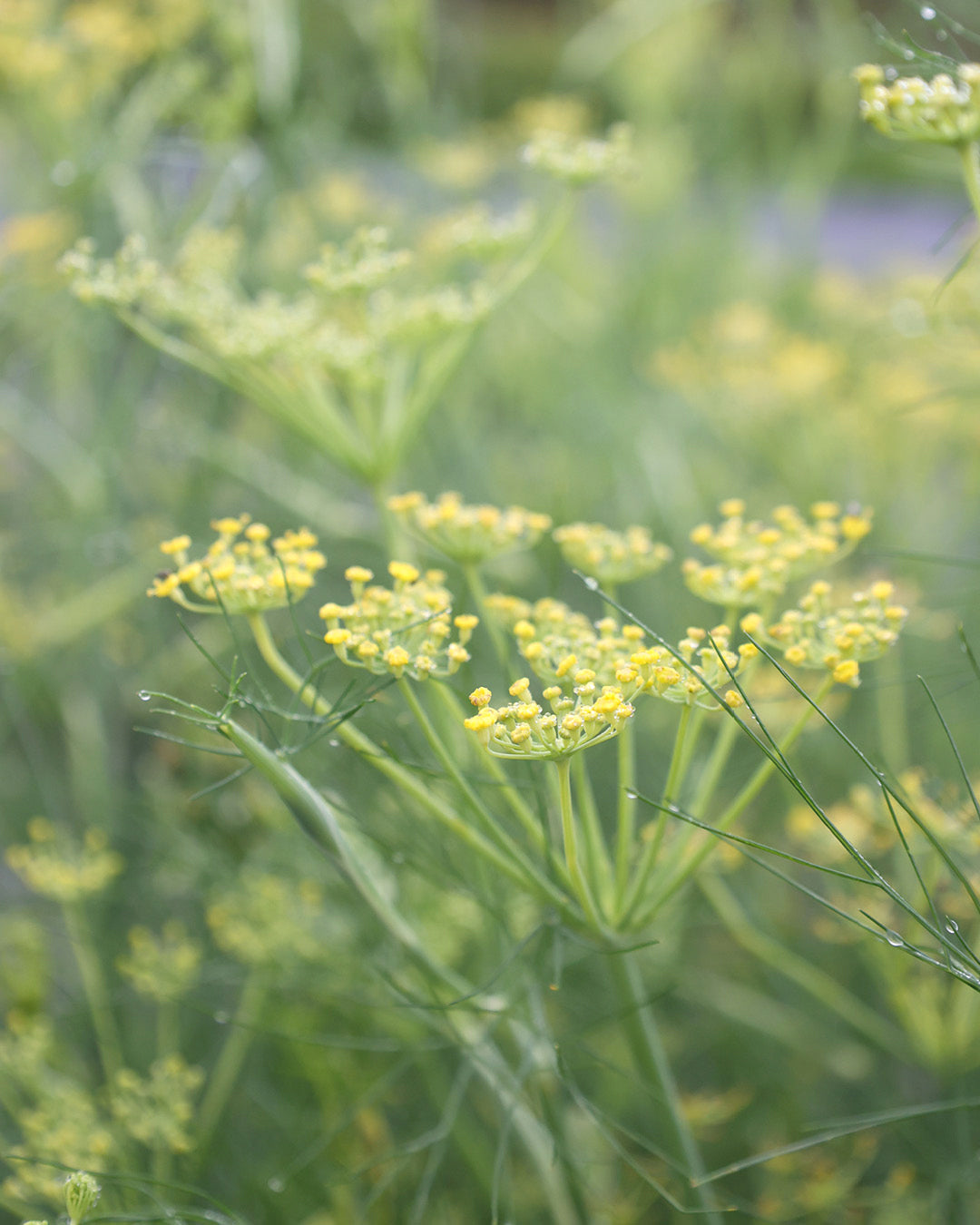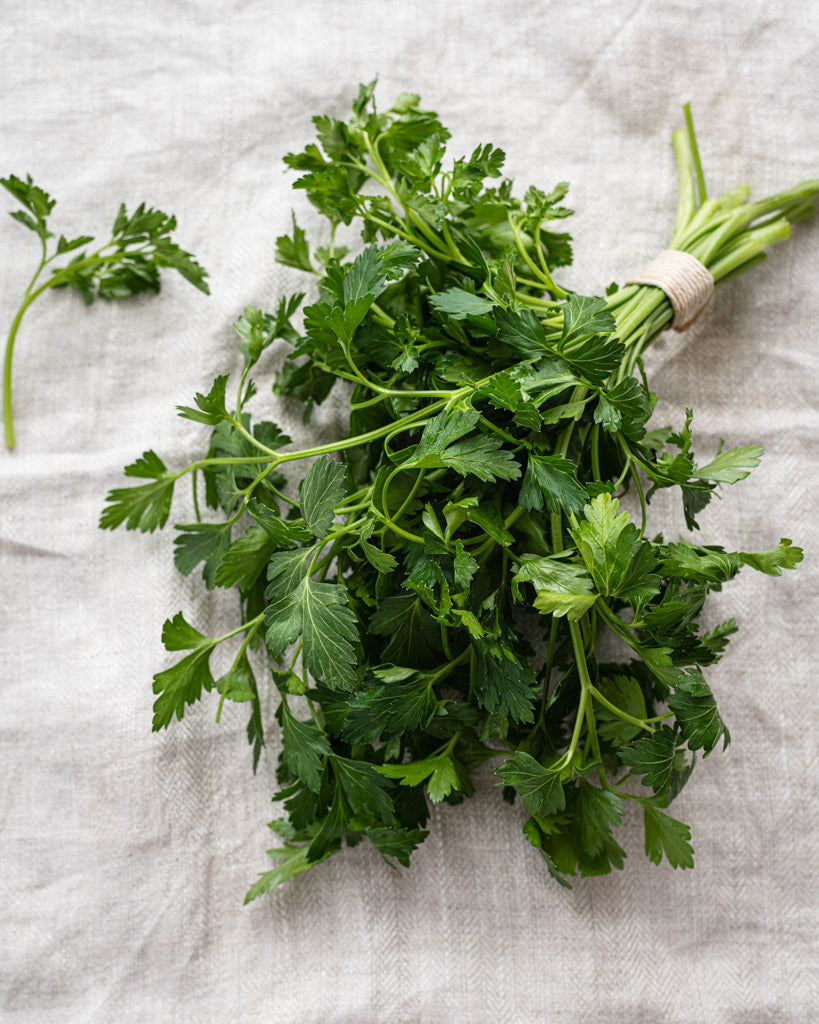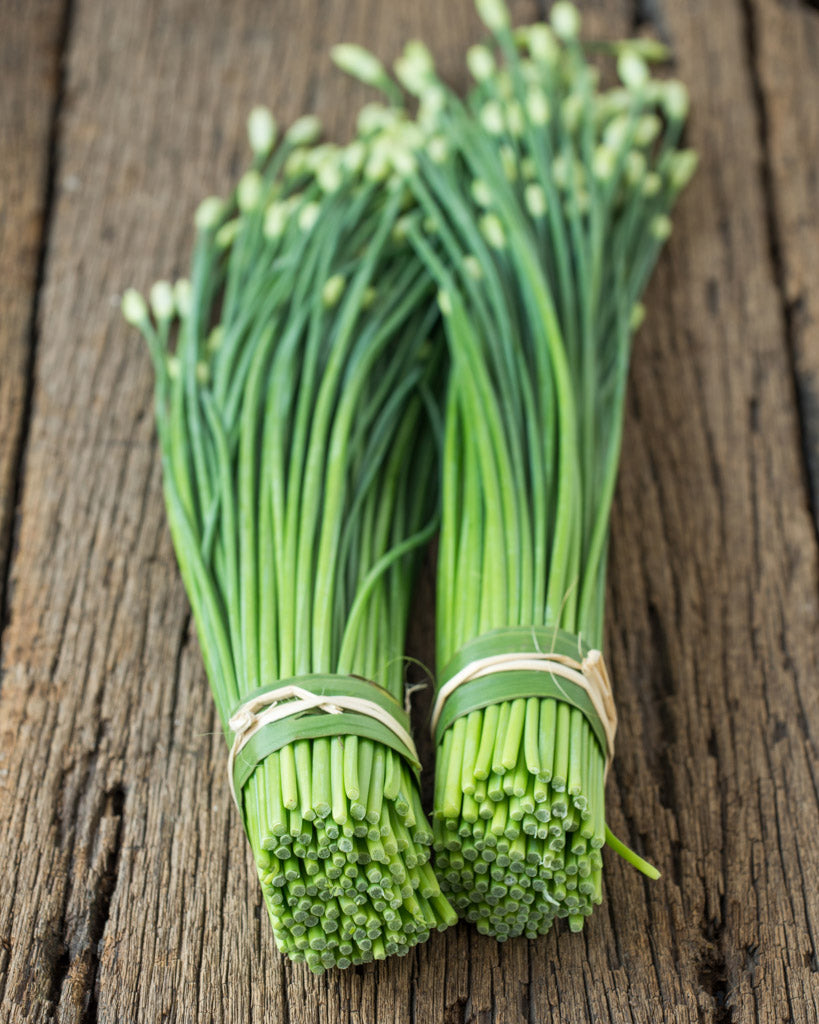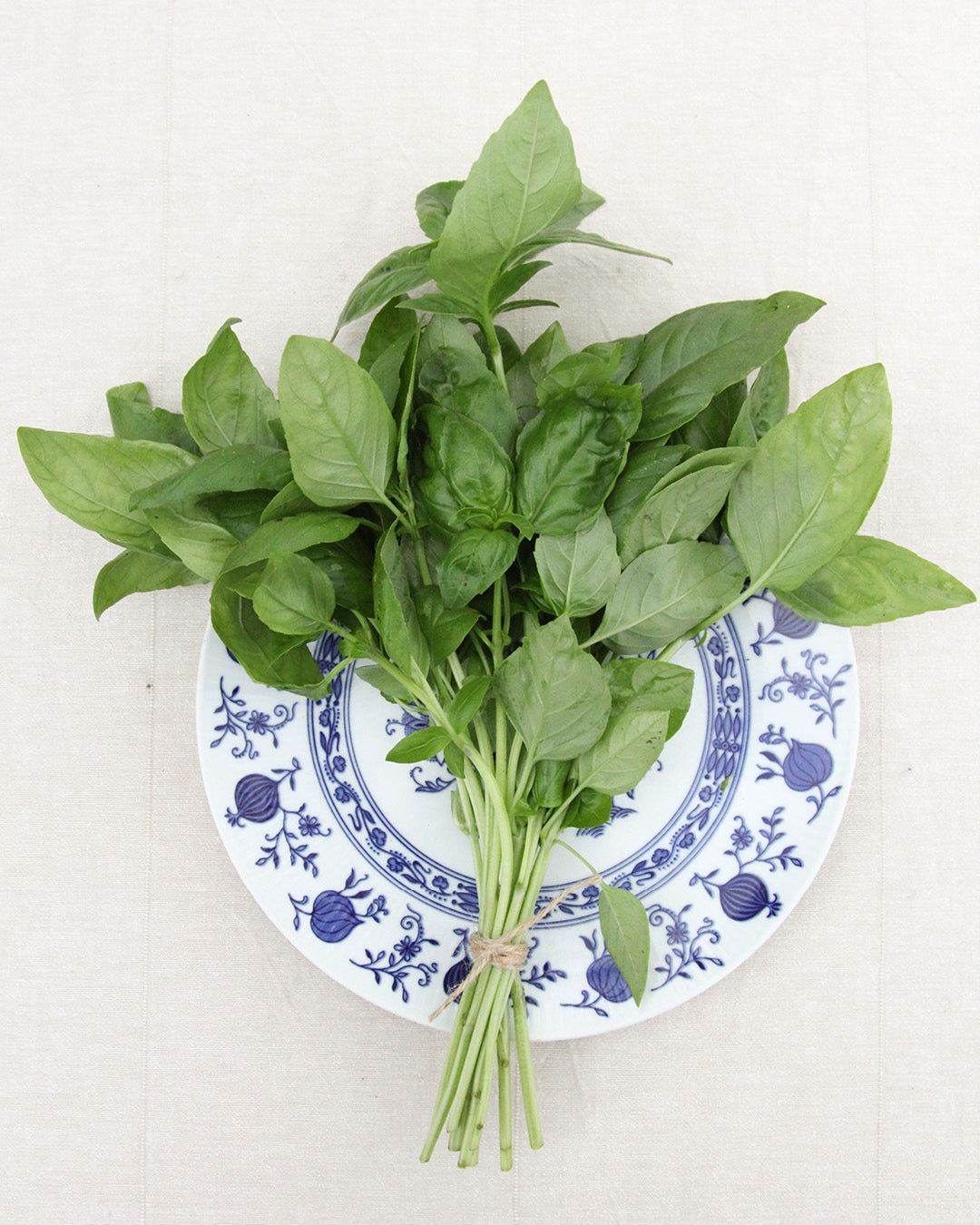Dandelion (Taraxacum officinale)
Who doesn't immediately think of the 1980s TV show dandelion? On "Peter Lustig," the dandelion represented everything wild – the small plant grows everywhere it shouldn't. However, the leaves that cheekily push through the asphalt are best left uneaten. Fresh from the market or your own garden, however, dandelions taste delicious: in salads, blanched, or in coffee.

spread
The yellow flowers of the dandelion cover entire meadows in spring (around 500 to 600 flowers bloom per square meter). From the lowlands to the high mountains, or in meadows, fields, and open forests, the dandelion is found on all types of soil. Its main flowering period is at the end of April/beginning of May, but it can be seen blooming until autumn. A flower consists of up to 200 small ray florets. When it has faded, it becomes a dandelion clock. Each of the ray florets then produces a seed, which flies away easily in the wind on its pappus ("parachute"). The stem grows up to 30 cm tall and contains a white sap. This is also used as a remedy for warts. Although the milky sap causes nasty brown stains on hands and clothing that are difficult to remove, it is not poisonous.
Variety of names
The dandelion owes its name to its yellow flower head, reminiscent of a lion's mane, and its tooth-shaped, green leaves, which look like a lion's teeth. It is also called "buttercup" because of its buttery yellow flowers, which belong to the daisy family, and "sheepflower" because of its woolly fruit. Cows love to eat dandelions because they enjoy the white milk in the stems. This is why it is also called "cow flower" or "milkweed." It is one of the plants with the most common names; it is said to have over 500 names. The Latin name Taraxacum Officinale comes from the Arabic "Tarakshaqum," meaning "bitter herb." The name "bedpisser" (from the French for "pisslit") refers to its diuretic properties.
Robust and tough
Dandelions can drive order-loving gardeners to despair. Many garden enthusiasts say they shouldn't disturb the beautiful greenery. But since the plant is quite persistent, even regular mowing hardly helps. On the contrary, it seems to promote growth. This is due to the long (up to 2 meters!), thick, turnip-like taproot, through which the dandelion gets enough water even in dry periods. If the flower head and leaves are mown off, the plant regenerates from the overly long root and grows again. The more often the dandelion is mown, the less vigorously the plant grows upwards; it simply blooms a few centimeters above the ground. Dandelions also need plenty of light to grow. A diligent gardener who mows their lawn regularly creates ideal growing conditions for the plant. Since dandelions are indicator plants for nitrogen, they also grow well wherever the lawn has been generously fertilized.
The good news for all gardeners: Where dandelions grow, the dense root system keeps water in the upper layers, which is also important for grass growth. Bees also enjoy dandelions: The yellow flowers provide them with energy during their foraging flights. To produce one kilogram of honey, a bee colony must visit an average of over 100,000 dandelion flowers.
Fresh to the table
Forget about being a weed: Dandelions were already a popular vegetable over 400 years ago. The young, slightly bitter-tasting leaves can be harvested in spring or purchased from well-stocked greengrocers and processed into delicious dishes. Among other things, the leaves (fresh or dried) can be used as a tea, and the roots are also suitable. The tea tastes somewhat bitter but prevents many illnesses. Not only the leaves, but also the flowers, buds, and roots can be used. Since they are also suitable for consumption, they can of course also be used as a garnish for dishes. The flowers are a great way to refine butter. It's visually beautiful and tastes delicious! The roots can be used to make a delicious coffee, which has a positive effect on the liver and digestive organs. It tastes especially delicious with a pinch of cinnamon. Dandelions have also had a good reputation as a medicinal plant for centuries: their leaves are bursting with healthy ingredients. Dandelion, for example, is repeatedly used successfully for gout and rheumatism, as well as for kidney, gallbladder, liver and stomach diseases.
















